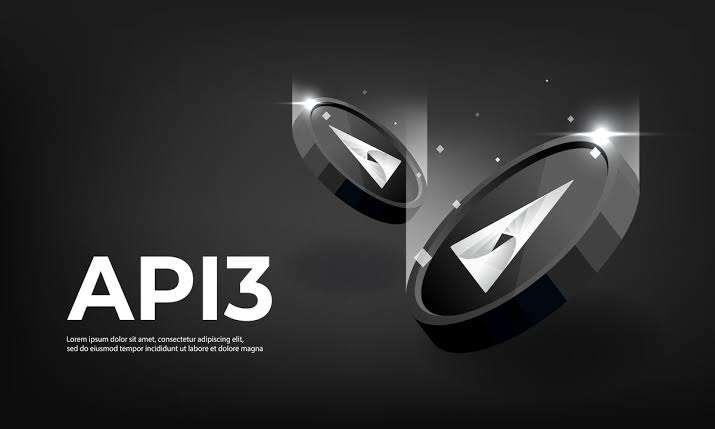
API3 Crypto Surges Over 100% in 24 Hours
Technical analysis shows API3 breaching resistance at $2.50 and establishing new resistance near $3.20, resulting in a 45% price increase.
In the preceding twenty-four hours, the prices of the API3 cryptocurrency have increased by an aggregate of over one hundred percent. At the time of writing, API3 is trading for $3.05, representing a 95% increase from its previous price.
Shortly, the market capitalization of API3 is anticipated to reach $260 million. In addition, trading volumes have increased by a staggering 3,500 percent, amounting to $343 million. This represents a further significant advancement.
A renowned analyst, Sell When Over | 9000.sei (@sell9000), elucidates several noteworthy factors that have been influencing the present upsurge in the cost of API3.
A substantial factor is attributable to the exceedingly negative funding rate, which resembles previous occurrences documented during the UMA’s existence. Sell9000 asserts that the existing negative financing rate, which is analogous to the interest rate on UMA, renders the maintenance of extended holdings costly.
Consequently, this generates a motivating factor for buyers to stimulate the price. This is because the UMA interest rate is similar to the prevailing negative financing rate.
Reportedly, the DWF has extended a market-making loan of $1.5 million, which provides additional motivation to increase the price to profitable levels. This further elucidates the funding dynamics that have been previously alluded to.
According to Sell9000, this DWF loan includes the ability to acquire tokens within a specified price range. This has led to introducing an additional factor into the market’s dynamics.
The technical analysis of API3 indicates that it has breached the previous resistance at $2.50 (white circle) and established new resistance near $3.20 (yellow circle), as noted by the Great Mattsby (@matthughes13). This represents a noteworthy advancement.
Due to this development, the price of API3 has increased by an impressive 45 percent, as indicated by a sizable daily candle. As a result of this development, the cost of API3 has skyrocketed.
Obstacles will likely arise, notwithstanding the remarkable progress that is presently being made. When queried about the probability of attaining $4 shortly, Mattsby acknowledges the possible obstacles that could materialize while surpassing the $3.20 threshold, represented by the orange horizontal line.
As API3 negotiates these substantial levels, the market eagerly awaits additional developments and maintains brisk anticipation.
Regarding API3
Application programming interfaces (APIs) have surfaced as a prospective resolution to the predicament wherein smart contracts frequently encounter difficulties obtaining dependable data access. This methodology has emerged as a feasible resolution to alleviate the issue.
API3, to transform the development, management, and monetization of decentralized iterations of application programming interfaces (APIs), is designed to instigate a substantial and far-reaching transformation.
The API3 team underscores the increasing importance of smart contracts possessing the capability to provide “reliable, timely real-world data” in light of the widespread adoption of blockchain technology across various sectors, including supply chain management and decentralized banking.
This is because blockchain technology is expanding in prevalence in these sectors.
The API3 whitepaper, published in September 2020 and accessible to the general public, shed light on a critical concern linked to APIs, namely the issue of connection.
Now, smart contracts cannot directly interact with application programming interfaces (APIs) to retrieve the most up-to-date data. This is among the factors contributing to the growing popularity of Oracles in recent times.
The “Blockchain Oracle Problem” has been a significant obstacle for the blockchain industry. Notwithstanding the limited impact that oracles have had on mitigating this challenge, this remains the case.
As an intermediary and middleware between application programming interfaces (APIs) and smart contracts, Oracle is to blame for the centralization of power and the escalation of costs. To circumvent this issue, API3 aims to grant API suppliers the autonomy to initiate the development of their nodes independently.





